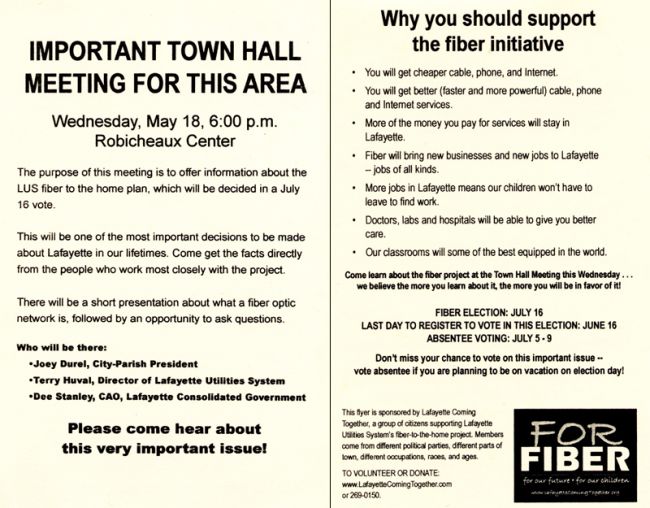Border to Border Broadband in Minnesota
Minnesota's Governor Dayton has already done more for expanding broadband access in Minnesota than predecessor Pawlenty who took the "stay quiet and hope for the best" approach to expanding access in our state.
After being prodded by the legislature (including now-Lieutenant Governor Prettner-Solon) Governor Pawlenty appointed an industry-heavy "Ultra High Speed" Broadband Task Force that exceeded the expectations of many, including myself, with its report [pdf]. I give a lot of credit to a few members, especially "Mikey" and Chairman Rick King of Thomsen Reuters, for that report given the constraints of the environment in which it existed.
Minnesota's Legislature and Governor Pawlenty then created some goals for 2015 and generally ceased any work on ensuring Minnesota could meet the goals. However, some departments (like the Department of Commerce) are using that language to prod broadband providers to consider what steps they can take to get us closer. Despite my frustration, I want to recognize those who are doing all they can to expand access to this essential infrastructure.
Fast forward to this week, when Governor Dayton announced a new Task Force that is supposed to really do things (as opposed to the more common Task Force approach of creating the appearance of doing things).
I am heartened by many of the appointees. There are some terrific people, especially some terrific women who are too often under-represented in technology) that will work very hard to bring real broadband to the Minnesotans that either need their first option or a better option.
And they have their work cut out for them. The state has few options to compel investment from a private sector that sees little reason to invest in an industry with so little competition (St Paul has one high-speed provider: Comcast, and one slower, cheaper alternative - CenturyLink).
For instance, rural Kanabec County took the Ultra High Speed Task Force's recommendation and asked its incumbent to partner in providing better broadband.




